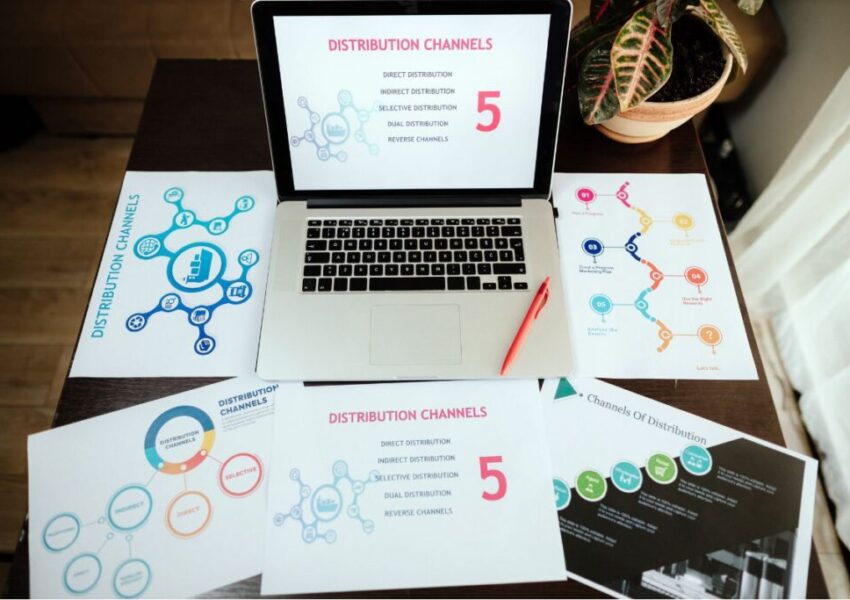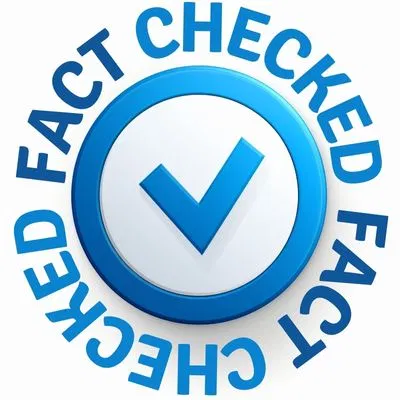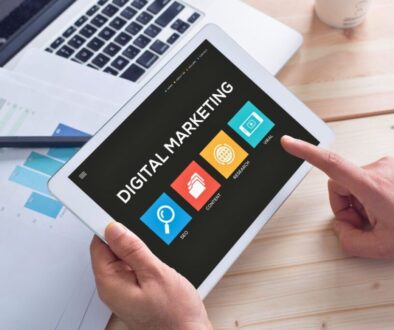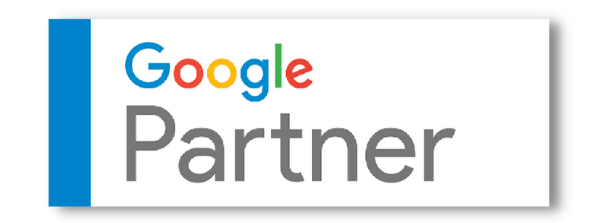7 Best Digital Marketing Channels For Businesses

Published July 10, 2025
Ever feel like your marketing efforts are falling flat while your competitors seem to thrive online? You’re not alone, and the problem isn’t your product, it’s your strategy. In today’s hyper-connected world, knowing what digital marketing channels to use is the difference between growth and obscurity.
With millions of businesses competing for attention across countless digital channels in marketing, where do you even begin? This guide cuts through the noise and reveals the 7 best digital marketing channels for businesses, proven methods to help you reach the right audience, boost visibility, and drive results.
Ready to level up your strategy?
Why Digital Marketing Channels Matter More Than Ever
Imagine trying to sell a product in a market where no one knows you exist. That’s what it’s like without digital marketing channels. They’re the highways between your brand and your audience, without them, your message stays locked in a room with no doors.
In today’s noisy online world, your success hinges on using these channels to speak directly to your customers’ needs, pain points, and goals. From visibility to conversion, the right mix makes or breaks businesses.
In short? Mastering digital channels isn’t optional, it’s a matter of survival.
SEO: Your 24/7 Salesperson You Don’t Pay Overtime
Think of SEO as the employee who never sleeps and constantly brings customers to your door, for free. It works when you’re off the clock, attracting people actively searching for what you offer. The twist? You’re not chasing leads, they’re chasing you.
But to win at SEO, you’ve got to outsmart your competitors, not outspend them. Nail down keywords, optimize your content, and you’ll earn authority, clicks, and conversions. Remember: people trust Google.
If you’re at the top, they’ll trust you too.

Social Media Marketing: The Cocktail Party That Never Ends
Social media is where your audience hangs out, vents, celebrates, and scrolls to escape boredom. If you’re not part of their daily digital routine, your brand is missing a goldmine of opportunity.
But here’s the secret sauce, stop selling and start showing up like a human. Post like a person, not a business. Engage, ask questions, tell stories. Want reach? Pay to play. Want loyalty? Earn it with consistency.
The brands that win on social media are those that entertain, educate, and listen, yes, really listen.
Content Marketing: Your Voice in a Crowded Room
Content marketing isn’t just writing blogs, it’s showing your audience you get them. It’s solving problems before they know they have one. Good content whispers “trust me” into the reader’s mind. Great content shouts, “This is exactly what you needed.”
Whether it’s articles, podcasts, videos, or memes, your content should be your most persuasive salesperson. If you do it right, you won’t need to hard-sell at all. And when paired with SEO? You’re practically unstoppable.
Email Marketing: The Forgotten Power Tool in Your Stack
If SEO is your magnet, email is your conversation. But most marketers botch it by being either boring or salesy. Email marketing done well feels like a letter from a friend, not a flyer from a stranger. You’re in someone’s inbox, a sacred space.
Respect it with helpful tips, exclusive perks, and honest storytelling. This channel lets you segment, personalize, and automate your message to the right person at the right time. And yes, it converts better than almost any other tool.
Still ignoring it? Bold move. Risky one.

Push Notifications: The Gentle Tap on the Shoulder
Let’s face it: attention spans are toast. That’s where push notifications shine, they’re short, snappy, and show up in real time. But here’s where most go wrong: they spam. Use push notifications like seasoning, not sauce, just enough to spark curiosity without annoying your audience.
When timed well, they can drive insane traffic, revive cart abandoners, and make users feel like VIPs. The surprise factor? These tiny alerts pack a serious ROI punch, especially when personalized.
Think of them as your digital whisper in a noisy world.
Video Marketing: Show, Don’t Tell
Videos aren’t just content, they’re an experience. Whether it’s a behind-the-scenes reel, a heartfelt testimonial, or a how-to tutorial, videos connect in ways words can’t. Why read when you can watch? Why imagine when you can see? Brands that utilize video can evoke emotions, build trust, and convey complex ideas more effectively.
With YouTube being the second-largest search engine, video also enhances your SEO. Want to build a brand people remember? Hit record.
SEM: The Shortcut With a Price Tag
Want instant visibility? SEM is your rocket fuel, but it burns fast if you don’t know what you’re doing. Search Engine Marketing puts your brand in front of potential customers now. Perfect for launches, promotions, or kicking off a new growth phase.
But beware: SEM is a test of your messaging, targeting, and budget strategy. Clicks can cost. But if you’re smart, every dollar can return tenfold. Think of it like poker, luck helps, but skill wins over time.
FAQs
What are the top 7 types of digital marketing?
The top 7 digital marketing channels are: SEO, social media, content marketing, email marketing, video marketing, push notifications, and search engine marketing (SEM). These digital marketing channels help you reach people online. Each one works in a special way to grow your business.
What are the most effective digital marketing channels?
SEO and social media are two of the most powerful digital marketing channels. They help you connect with people who are already interested in your business. Email marketing and video marketing are also very effective ways to stay in touch and build trust.
What are the 7 pieces of digital marketing?
The 7 pieces are: SEO, content marketing, social media, email marketing, paid ads (SEM), video marketing, and push notifications. These are all digital marketing channel examples that help businesses communicate with their audience. They work better when used together.
What are the 7 Cs of digital marketing?
The 7 Cs stand for: Customer, Content, Context, Community, Convenience, Cohesion, and Conversion. They guide on how to use channels for digital marketing the right way. These steps help you reach and keep happy customers online.
What is 7S in digital marketing?
The 7S are: Strategy, Structure, Systems, Style, Staff, Skills, and Shared values. These tools help businesses plan and utilize digital marketing channels more effectively. It’s like a checklist to stay strong and focused online.
Final Thoughts
Digital marketing channels enable businesses to connect with people online. Each channel, such as social media, email, or search engines, has its own way of sharing messages. Picking the right ones helps you reach the right people and grow your business.
You don’t have to use them all, just the ones that work best for your goals. At Correct Digital, we help small businesses use smart digital marketing to get more leads and sales. From SEO to ads and websites, our team knows what works.
Let us help you select the most effective digital marketing channels for your business. Contact us today to get started!
Hire The Digital Marketing Experts
We take online businesses and turn them into online empires by employing smart digital marketing strategies. Our team of experts are trained in a myriad of marketing skill including SEO to help you rank higher in search results, and ad management to ensure your message gets seen by the people you want. Need a business website that attracts business? We also specialize in website design and online sales optimization to help your business grow like never before.

This Content Has Been Reviewed For Accuracy By Experts
Our internal team of experts has fact-checked this content. Learn more about the editorial standard for our website here.

About The Author
Rei Bayucca has a wealth of knowledge and experience as a professional writer for multiple industries. It is her mission to ensure that her readers receive high-quality, informative content that is both entertaining and educational. Through her writing, Rei aims to educate and motivate readers.




